Subtotal: $12.60
This is a study of different aspects of Buddhism in the course of its evolution and decline in the Indian subcontinent, China, Japan and South-east Asia. Using comparative archaeological observations of the Buddhist cosmopolis to explain regional variations in Buddhist iconography and culture, internalisation and innovation in Buddhist art, mandalas of Vairocana and Trika Shaivism of Kashmir, it showcases the development and qualitative changes in iconography that led to the rise of royal attributes in the Buddha images. It covers genesis, expansion and trans-Indian contacts of the Buddhist universities at Nalanda, Vikramashila and Vidishagiri and translation of Sanskrit sutras, panels of Khotan and naya mandala in Khotanese verse which has been identified by referring to the practice in Japan, the Kashmiri icons at the Hemis monastery and more than 10,000 Sanskrit mantras from the Chinese Tripitaka. It reproduces a Japanese xylograph of the Sanskrit text of the Sukhavati-vyuha with interlinear Chinese meanings and has chapters on the silk route and the marine silk route of yore and the lighthouse of King Mulavarman. Examining texts such as Haribhatta’s Jatakamala, it delves into the contribution of scholars such as of George Roerich to Tibetan studies and of Prof. Tan Yunshan to Sino-Indian cultural relations. It takes into consideration the threat to cultural sovereignty and values from globalism and sweeping technocratism.
Bibliographic information
Sata-Pitaka Series

 Standard English-Hindi Dictionary
Standard English-Hindi Dictionary 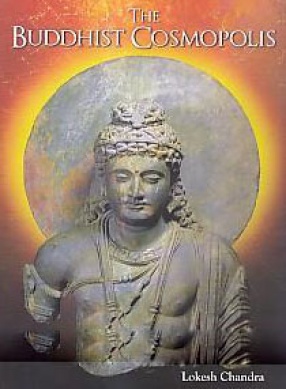


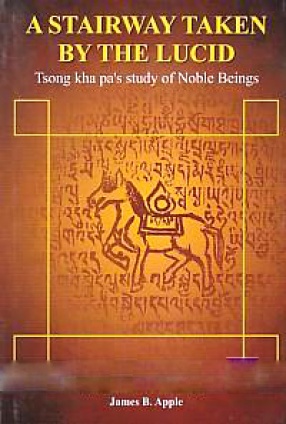
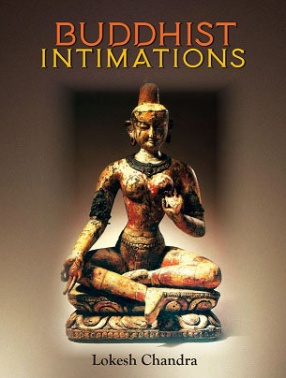
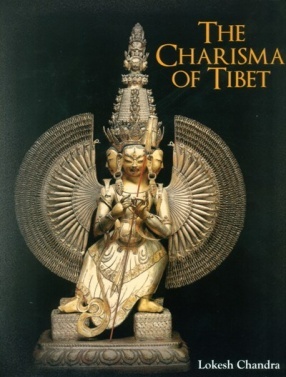
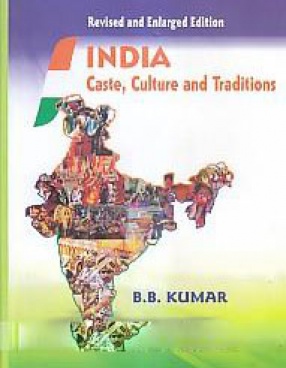
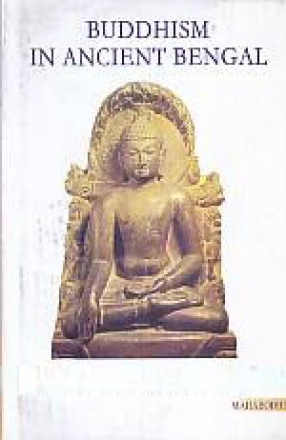


There are no reviews yet.